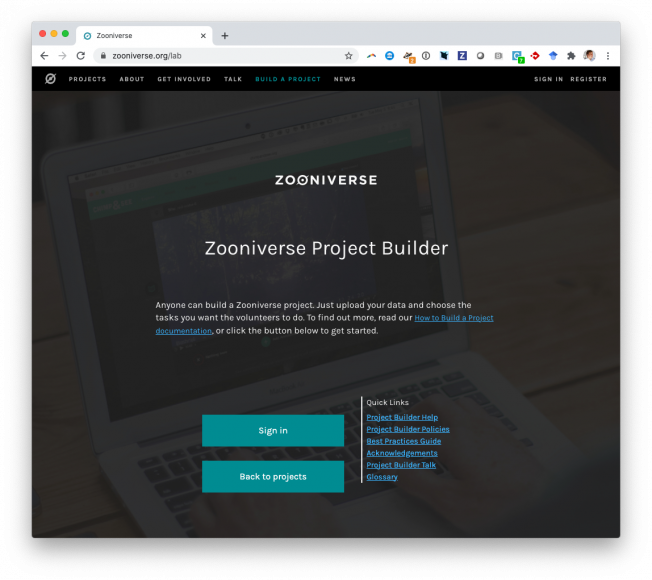Fading AGN Candidates: AGN Histories and Outflow Signatures
Astrophysical Journal 835:2 (2017)
Abstract:
� 2017. The American Astronomical Society. All rights reserved. We consider the energy budgets and radiative history of eight fading active galactic nuclei (AGNs), identified from an energy shortfall between the requirements to ionize very extended (radius > 10 kpc) ionized clouds and the luminosity of the nucleus as we view it directly. All show evidence of significant fading on timescales of ≈50,000 yr. We explore the use of minimum ionizing luminosity Q ion derived from photoionization balance in the brightest pixels in Hα at each projected radius. Tests using presumably constant Palomar-Green QSOs, and one of our targets with detailed photoionization modeling, suggest that we can derive useful histories of individual AGNs, with the caveat that the minimum ionizing luminosity is always an underestimate and subject to uncertainties about fine structure in the ionized material. These consistency tests suggest that the degree of underestimation from the upper envelope of reconstructed Q ion values is roughly constant for a given object and therefore does not prevent such derivation. The AGNs in our sample show a range of behaviors, with rapid drops and standstills; the common feature is a rapid drop in the last ≈2 � 10 4 yr before the direct view of the nucleus. The e-folding timescales for ionizing luminosity are mostly in the thousands of years, with a few episodes as short as 400 yr. In the limit of largely obscured AGNs, we find additional evidence for fading from the shortfall between even the lower limits from recombination balance and the maximum luminosities derived from far-infrared fluxes. We compare these long-term light curves, and the occurrence of these fading objects among all optically identified AGNs, to simulations of AGN accretion; the strongest variations over these timespans are seen in models with strong and local (parsec-scale) feedback. We present Gemini integral-field optical spectroscopy, which shows a very limited role for outflows in these ionized structures. While rings and loops of emission, morphologically suggestive of outflow, are common, their kinematic structure shows some to be in regular rotation. UGC 7342 exhibits local signatures of outflows < 300 km s -1 , largely associated with very diffuse emission, and possibly entraining gas in one of the clouds seen in Hubble Space Telescope images. Only in the Teacup AGN do we see outflow signatures of the order of 1000 km s -1 . In contrast to the extended emission regions around many radio-loud AGNs, the clouds around these fading AGNs consist largely of tidal debris being externally illuminated but not displaced by AGN outflows.DISK DETECTIVE: DISCOVERY OF NEW CIRCUMSTELLAR DISK CANDIDATES THROUGH CITIZEN SCIENCE
ASTROPHYSICAL JOURNAL 830:2 (2016) ARTN 84
Galaxy Zoo: Quantitative Visual Morphological Classifications for 48,000 galaxies from CANDELS
Monthly Notices of the Royal Astronomical Society Oxford University Press 464:4 (2016) 4420-4447
Abstract:
We present quantified visual morphologies of approximately 48 000 galaxies observed in three Hubble Space Telescope legacy fields by the Cosmic Assembly Near-infrared Deep Extragalactic Legacy Survey (CANDELS) and classified by participants in the Galaxy Zoo project. 90 per cent of galaxies have z ≤ 3 and are observed in rest-frame optical wavelengths by CANDELS. Each galaxy received an average of 40 independent classifications, which we combine into detailed morphological information on galaxy features such as clumpiness, bar instabilities, spiral structure, and merger and tidal signatures. We apply a consensus-based classifier weighting method that preserves classifier independence while effectively down-weighting significantly outlying classifications. After analysing the effect of varying image depth on reported classifications, we also provide depth-corrected classifications which both preserve the information in the deepest observations and also enable the use of classifications at comparable depths across the full survey. Comparing the Galaxy Zoo classifications to previous classifications of the same galaxies shows very good agreement; for some applications, the high number of independent classifications provided by Galaxy Zoo provides an advantage in selecting galaxies with a particular morphological profile, while in others the combination of Galaxy Zoo with other classifications is a more promising approach than using any one method alone. We combine the Galaxy Zoo classifications of ‘smooth’ galaxies with parametric morphologies to select a sample of featureless discs at 1 ≤ z ≤ 3, which may represent a dynamically warmer progenitor population to the settled disc galaxies seen at later epochs.Galaxy Zoo: comparing the demographics of spiral arm number and a new method for correcting redshift bias
MONTHLY NOTICES OF THE ROYAL ASTRONOMICAL SOCIETY 461:4 (2016) 3663-3682
Galaxy Zoo: Evidence for rapid, recent quenching within a population of AGN host galaxies
Monthly Notices of the Royal Astronomical Society Oxford University Press 463:3 (2016) 2986-2996



